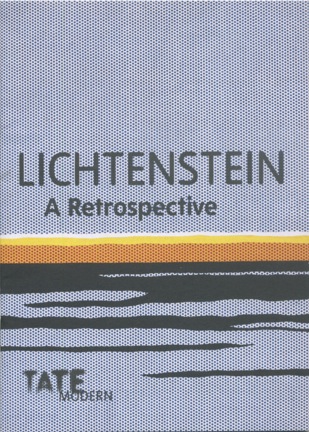Flip-tenstein
Please excuse the short e-bsence. Andrew and I have been in the UK.
It was our first trip to London, and I hope to figure out how we can return and temporarily live in the small community we stayed in: Belsize Park.
Belsize Park is large enough to have a good bakery, grocery store, a dry cleaner, a few decent restaurants, a tube station, and an excellent book sellers but small enough that their main drag is only about 4 blocks long. Our suite – the second floor of a gorgeously updated row house – was a two minute walk from the tube. With any area of London we might want to visit only a 30 min. tube ride in any direction, we truly felt like London was on our doorstep.
When we travel to new places, Andrew and I like to walk – pick a neighbourhood and meander up and down the streets, checking out the architecture, window shopping, and occasionally popping into an interesting restaurant that looks populated by locals. Unfortunately, it was an unseasonably cold and windy early April in London. Brisk doesn’t quite define it – it would be more correct to say bitter. We even had flurries on a couple of days. As such, we ended up spending most of our time engaged in indoor activities…which was great, because it meant lots and lots of galleries and viewing of art. 🙂
One of the must-do’s for this trip was to visit the Tate Modern. Currently featured is a Lichtenstein retrospective.
Even if you know virtually nothing about the art world, you most likely know the name Lichtenstein and know that he was famous for his large-scale paintings that looked like comic book panels.
Whenever I encountered his work in an art history class I always thought “so what?” Truthfully, the only reason I saw this exhibition at all was because Andrew wanted to go to the Tate Modern, and Lichtenstein was what they were showing.
To be fair, I’ve only ever seen the same one or two paintings that always get put into art history books. Seeing a slew of work spanning his art career gave it perspective and highlighted his sharp sense of humour. Roy Lichtenstein played with the concept of artificiality. He was not painting stylized objects, but making paintings of 2-dimensional, catalogue diagram images of objects (i.e. this is not a painting of a tire, but a painting of a drawing of a tire).
So many pieces I had never seen before, and there were some beautiful, early black on white paintings that I loved. Viewing the full-size, trademark “comic” paintings up close revealed slight glitches in process that showed the mark of a human hand – something you don’t get to experience when the images are reduced to book illustration size. This, combined with hearing about his obsessive process, made me consider Lichtenstein in a different light.
After my Tate-scapade I must report that I gained respect and appreciation for an artist that I previously gave very little weight to. It made me think about other artists who I may have hastily categorized under “meh” and it’s made me want to make more of an effort to understand these artists and their work.
I can only hope that my art may be given similar re-consideration by folks who might disregard it as being shallow and uninformed once they devote some effort into viewing it and learning about the inspiration behind the work.
Have you ever had your opinion about someone flip once you’ve learned more about him/her and their work? Artist, writer, public figure – who was it and what was it that made you change your mind?
